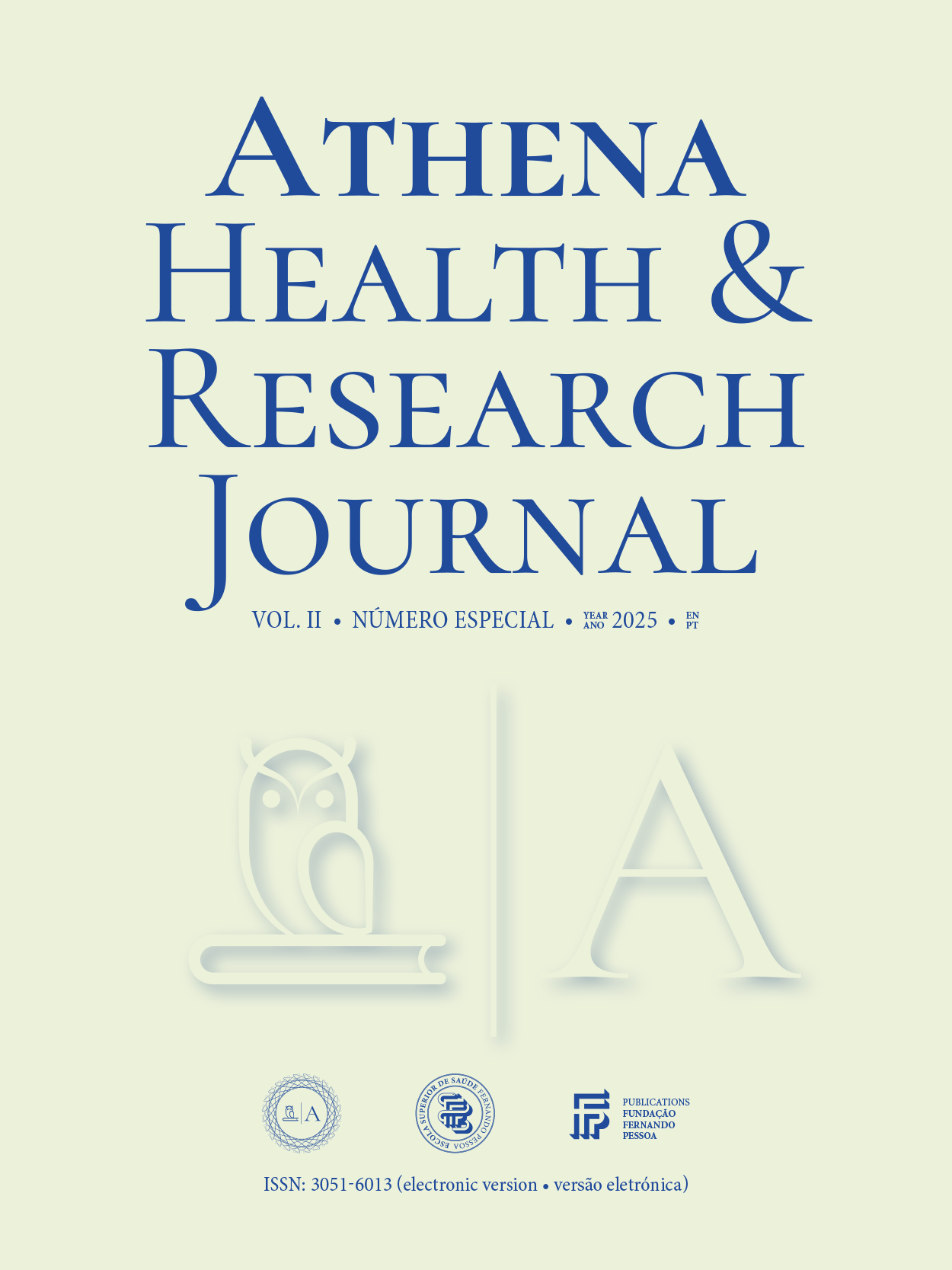Prevalence and impact of urinary incontinence on the quality of life of female basketball athletes
DOI:
https://doi.org/10.62741/ahrj.v2iSuppl..90Keywords:
Urinary incontinence, Female athletes, Basketball players, Quality of life assessment, High-impact sportsAbstract
Introduction: Activities classified as high impact, like basketball exert an impact force directly on the pelvic floor muscles and increase intra-abdominal pressure. Evidence on the prevalence and impact of urinary incontinence on the quality of life, in basketball athletes is limited.
Objectives: The aim of this study is to evaluate the prevalence and impact of urinary incontinence on the quality of life in female basketball players.
Methodology: The study was approved by the local Ethical Committee. A cross-sectional analytical observational study, assessing the prevalence and impact of urinary incontinence in basketball players was conducted. One hundred adult athletes participated in the study. A sociodemographic questionnaire, the International Consultation on Incontinence Questionnaire-Urinary Incontinence Short Form, and the King’s Health Questionnaire were used to assess the frequency, severity, and impact of urinary incontinence on the quality of life and related factors.
Results: One hundred athletes (n=100; 71% with age between 18-25 years) participated in the study and 56% reported involuntary urine loss, none of which was diagnosed by a healthcare professional. Urine loss was reported as experienced mainly when laughing (29%), when jumping (27%), during sneezing (26%), during quick movements (15%), and when jumping and abducting the hip (14%). However, the International Consultation on Incontinence Questionnaire-Urinary Incontinence Short Form results – which are time bound to the previous 4 weeks – showed that only 39% reported urinary incontinence in that period. The severity was mild in 33%, moderate in 5% and severe in 1%. The King’s Health Questionnaire results by domain were: General health perception = 24.75 ± 21.5; Impact of incontinence = 3.7 ± 10.5; Limitations in daily activities = 1.4 ± 4.5; Physical limitations = 3 ± 9.3; Social limitations = 1.8 ± 9.1; Personal relationships = 4.9 ± 18.7; Emotions 3.3 ± 10.3; Sleep and mood = 11.7 ± 15.4; Severity measures = 22.6 ± 52.2.
Discussion: Basketball appears to be a high impact activity, capable of inducing urinary incontinence. These results suggest a higher prevalence of urinary incontinence than that reported in previous studies of Portuguese basketball players.
Conclusions: Although the impact on quality of life appears to be low, considering the age of the athletes, it is important to raise awareness about UI among athletes, as it is often neglected despite its significant impact on quality of life. Many athletes do not realize that urinary leakage during physical activity, such as jumping, sneezing, or quick direction changes, could be a sign of urinary incontinence.
References
NA
Downloads
Published
Issue
Section
License
Copyright (c) 2025 Athena Health & Research Journal

This work is licensed under a Creative Commons Attribution-NonCommercial 4.0 International License.
Copyright of published papers is assigned to the Journal, but all content is licensed under the terms of Creative Commons Non-comercial 4.0 International License. Thus users are allowed to read, download, copy, distribute, print, search, or link to the full texts of the articles, or use them for any other lawful purpose, without asking prior permission from the publisher or the author. This is in accordance with the BOAI definition of open access.














